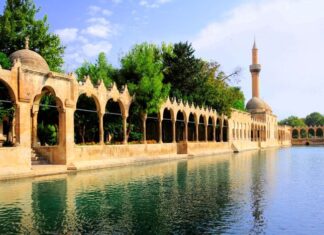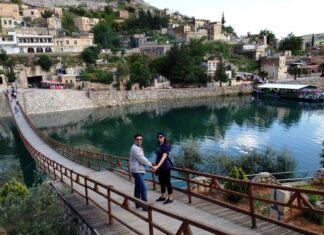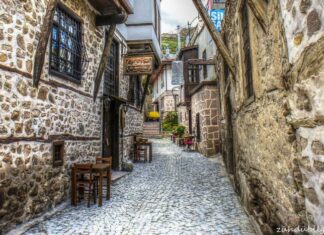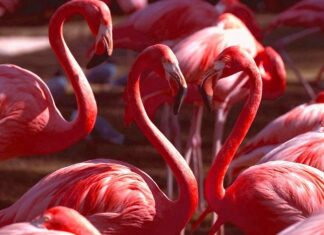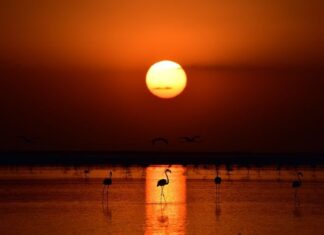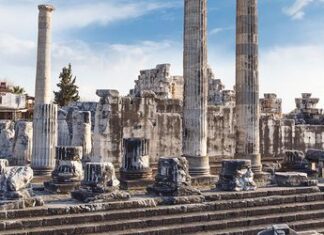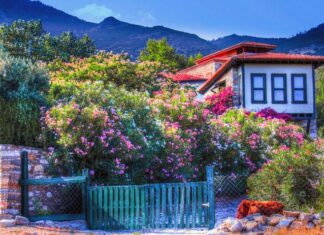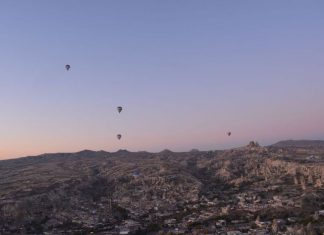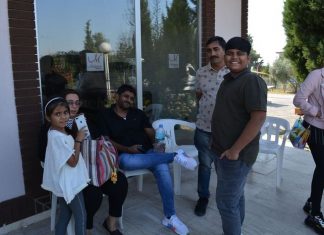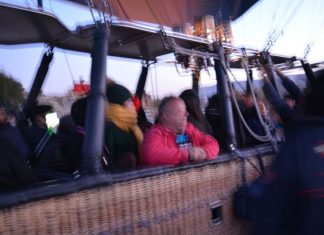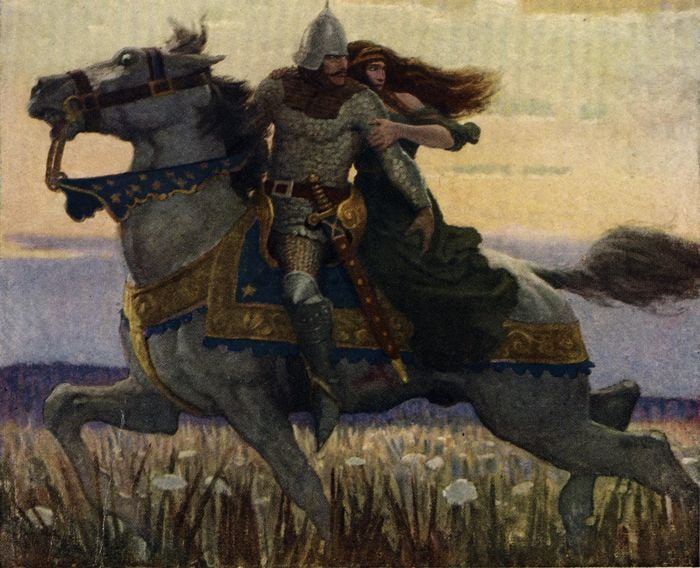Home Blog
The Splendor of Ancient Corinth
A Golden Age of Wealth and Power
In the golden age of Greece, about four hundred years before Christ, Corinth stood as one of the...
Corinth a Town of Beauty History and Myth
A Beautiful Location by the Gulf
Modern Corinth enjoys a beautiful setting at the head of the Gulf of Corinth. The water is a deep...
Old and New Corinth
From Ancient Glory to Modern Life
The Ancient City of Corinth
Old Corinth, once visited by St. Paul three or even four times, was one of...
A Strong Education System in Serbia
Since the time of King Michael, Serbia has developed an excellent public education system. A law was passed making school attendance compulsory for all...
Belgrade a City Between Two Rivers
The city of Belgrade is located on a high, narrow piece of land between two major rivers—the Sava and the Danube. In the last...
Peace Brings Prosperity to Serbia
Whenever Serbia enjoys a time of peace, the country grows richer quickly. The number of animals—such as sheep, goats, and cattle—increases fast, and the...
Suspicious Behavior from the Guide
The brigands who kidnapped Miss Ellen M. Stone and Mrs. Tsilka appeared to have a friendly relationship with George Toderoff, the guide hired to...
A Journey Home Turns Dangerous
On September 3, 1901, several teachers, including Miss Ellen M. Stone, had just finished attending a summer training school for teachers in Bansko, Bulgaria....
Close Encounters with Danger
During my years of missionary work in the Balkans, I have often come close to danger. Once, I had to spend the night in...
Reaching Robert College by Boat
Passengers going to Robert College arrive by boat at Bebek, a peaceful town on the Bosphorus. From there, they walk up a gentle path...
